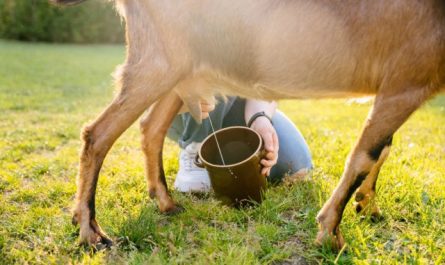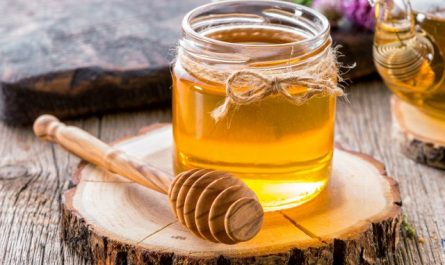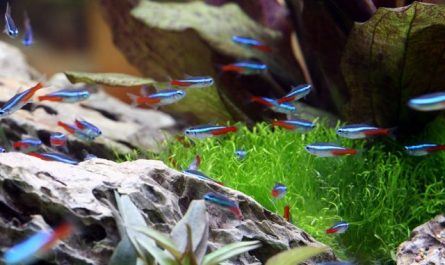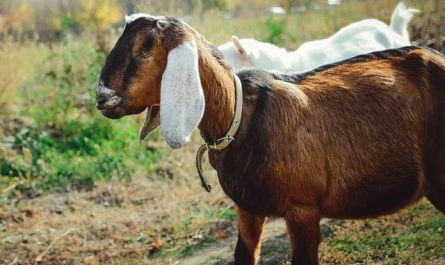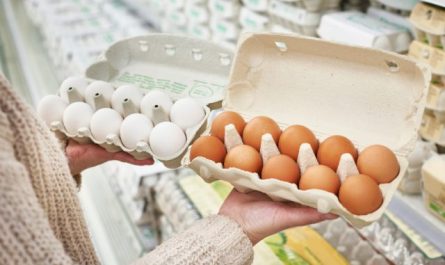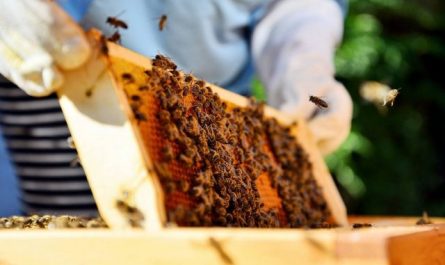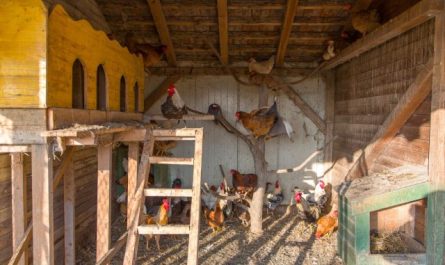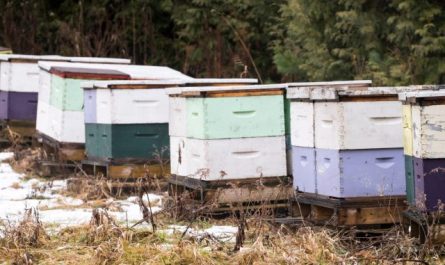Quail is one of the most convenient birds for home keeping. There is room for several birds even in a small city apartment. Quails have a very pleasant appearance, they are unpretentious in keeping, eat little and provide owners with very useful and tasty eggs. Moreover, to get eggs for the home table, you do not need to get a cockerel, but keep only females.

A huge advantage when keeping quails is the peaceful and friendly nature of the birds. They are easily tamed and allow themselves to be taken under control. And they manage to get along with domestic cats and dogs. Many of my friends have quails living with Russian spaniels. And one of them periodically brings his mistress a runaway cockerel, without damaging a feather or scaring the bird.
Even if a quail manages to escape from the cage and spends a couple of hours in freedom, you will not be threatened by gnawed books and electrical wiring, damaged house plants. Unlike other domestic birds, a quail will not break into a window pane or end up in a pot of boiling water through its own fault, like a parrot.
Quails are the smallest birds of the order of gallinaceous birds, the pheasant family. And it is also one of the few migratory species. The common quail is most often bred in captivity.
Since ancient times, quails have been kept in small cages as songbirds. Moreover, this hobby was widespread in Russia and Central Asia. Evgeny Charushin has a wonderful story about domestic quail. But in Central Asia, it is also popular to use male quails as fighting birds. Moreover, the fights of these birds are bloodless. All this is said about such a bird as the common quail. The body length of the bird is no more than 20 centimeters, and the live weight of the body is 80-150 grams. The quail is painted in a brownish-yellowish color with speckles. The abdomen is dirty white.
The distinguishing feature of the male is the reddish-brown color of the throat, while the female has a white one.
Another type of quail is widespread in the south-eastern part of Siberia and Transbaikalia – the mute or Japanese quail. However, some scientists consider them to be different subspecies of the same species. The mute quail has reddish plumage, and this species is also characterized by a hissing, dull voice. The mute quail has been domesticated in Japan and India for quite a long time (more than ten centuries ago). At first, the birds were bred for use as fighting birds (interestingly, this is what happened to domestic chickens).
Much later, remarkable economically useful features of the domesticated Japanese quail were discovered. The common wild quail becomes capable of reproduction only at the age of 12 months (the year after hatching), and the average size of the female’s egg laying is only 8-12 eggs. The incubation period is 18-21 days.

Its domesticated counterparts, thanks to meticulous artificial selection of the most productive birds, grow to the size of an adult quail at 35 days of age, reaching a live weight of 120 grams. At 40 days of age, the quail begins to lay eggs. In a year, a domestic quail can lay up to three hundred eggs, each weighing 10 grams.
Quail eggs are a great, easily digestible product used in baby and dietary nutrition. It is no wonder that the export of these wonderful birds from the East was banned for a long time. Japanese quails came to Europe and America only at the end of the 19th century. And Japanese quails were brought to the Soviet Union from Yugoslavia in the mid-60s of the last century. Over the course of a year, a quail lays a number of eggs whose mass exceeds its live weight by 20 times, for comparison, a chicken lays 8 times.
At the same time, the quail eats almost 10 times less feed than a laying hen. To get 1 kilogram of eggs, 2 kilograms of compound feed are needed. And to get 6 eggs, a little more than 10 grams of feed are needed. This is very profitable. Quails lay eggs up to 320 years.
Currently, poultry farmers breed several breeds of quail of egg, meat-egg and meat directions. In my article, I will tell you about the most popular of them.
Breeds of quails of egg, meat and egg and meat directions
Japanese breed — the ancestor of all other breeds and varieties. Birds of wild color, shy by nature, egg productivity — up to 315 eggs per year from one laying hen, but the eggs are small (8 grams). The live weight of the male is about 130 grams, the female — about 150 grams. The weight of the gutted carcass is about 80 grams.

Egg breeds include: marble quail. The characteristic color is white, with beautiful streaks of brownish-gray color. This breed was obtained as a result of a scientific experiment. As an experiment, quails were irradiated with ionizing radiation, hoping to increase the egg productivity of the birds. As a result of the mutation, the marble quail was obtained.
By crossing the Pharaoh meat breed quail and marble birds with subsequent breeding of the crossbred birds “in themselves” (mating with each other), a breeding population of the NPO “Complex” with universal meat and egg productivity was obtained.
celadon — a breed of egg-laying quail. The coloring can be wild, tuxedo, silver, etc. Celadon quails have long thin legs. They were bred in the American state of Louisiana by complex crossing, the breed is characterized by a bluish-colored eggshell. A female can lay up to 300 eggs per year, each weighing about 10 grams. The birds are quite resilient, with a hatchability rate of almost 90%.

Tuxedo Quail (Tuxedo) has a very distinctive coloring: the entire lower half of the body, as well as the head and neck are white; and the upper half of the body is brown. The weight of the male is up to 160-200 grams, the female up to 180-220 grams. In a year, a female tuxedo quail is capable of laying up to 280 eggs. The birds are timid, but due to their very beautiful appearance, they can be kept in an apartment as pets.

English Black Quail — plumage color is black and brown. This breed of quail is obtained by crossing Japanese and English quails. They are characterized by a calm nature, do not scream. They are not prone to diseases and have excellent immunity. The period of use of females as layers is limited, it is about one year. Subsequently, egg production falls, and the birds have to be culled for meat.

English White Quail — the plumage is white, with some dark feathers. This breed is not an albino, as the birds have dark eyes. The paws and beak of the bird are pink. The male weighs up to 160 grams, the female — up to 180, per year the female is capable of laying up to 280 eggs weighing about 10 grams each. Due to the white plumage, the carcass has a good marketable appearance.

Manchurian Golden has a beautiful coloring and universal productivity. Average live weight is about 260 grams, egg production is 260-280 pieces per year. They are not distinguished by gluttony.

Pharaoh — a meat breed bred by the American breeder A. Marsh. Often used to breed broiler quails. The live weight of a female reaches 310 grams, and that of a male is up to 260 grams. At the age of 40-50 days, the female is capable of starting to lay eggs. In a year, she can lay up to 220 eggs (the weight of one is up to 18 grams). Pharaoh quails at the age of one and a half months reach a weight of 150-180 grams. The coloring of birds of this breed is identical to that of their wild ancestor. Birds are quite capricious in maintenance, the flock requires frequent renewal.
Kiteverse, or Estonian — a breed of meat and egg direction. It was obtained as a result of hybridization of the common Japanese quail and birds of the Pharaoh breed. It is distinguished by high preservation of young animals. The live weight of the female is up to 200 grams, the male — up to 170 grams. The female is capable of laying up to 280 eggs per year with an average weight of 12 grams each.
Texas White — bred as a result of crossing the English white quail and the Pharaoh breed of birds. The largest meat breed of quail. The average weight of the birds is about 400 grams, but there are birds weighing over 500 grams. Egg production is up to 280 eggs per year, the fertilization rate of eggs is about 60%. The character is very calm.



There are several decorative species of quail kept at home.
Chinese or painted quail
Its size is no more than 2/3 of the size of a common quail. The body length of the painted quail is 11-14 centimeters, the tail length is 3,5 centimeters. The male’s coloring is extremely beautiful. A combination of brown and bluish-gray plumage, and a bright black and white pattern on the head. The female is painted modestly in yellowish-brown shades.
In the wild, painted quails are found on the island of Sri Lanka, in Indochina and East India. In Europe, painted quails have been bred as ornamental birds since 1881. These birds have a quiet and very pleasant voice. Unlike other quails, Chinese quails form strong monogamous families, the male touchingly courts his chosen one, displays and even feeds her from his beak. The clutch size is 5-7 olive eggs, the incubation period is 15-17 days. The hatched chicks of this quail are the size of a bumblebee or a cockchafer. At two months of age, the quail chicks become sexually mature.
Breeders have developed several beautiful unusual colors of painted quail. For example, white, motley, pearl, blue-headed, tuxedo, and so on.
Painted quails are often kept in the same enclosure with budgies, diamond doves and pics. All these birds get along well together, the enclosure uses the tier principle, that is, the pets live on different floors of their home, without interfering with each other.
And not very long ago in Russia they began to breed American serrated-billed quails as ornamental birds. In captivity, two species of these amazingly beautiful birds are bred: Virginia and California. Both species are monogamous and have very interesting mating behavior. The males are brightly and flashily colored, while the females are inconspicuous. These birds were brought to Europe in the 19th century.

California quail
The male has a grey facial part of the head, edged with a white stripe, a forward-facing crest of feathers on the head, and a blue body with a scaly pattern. The female is more modestly colored and has a shorter crest. The body length is about 25 centimeters. The female weighs about 200 grams, the male is smaller. In a year, the female can lay up to 110 eggs, which can be eaten.

Virginia Quail (Bobowhite)
The male has a white face, black stripes from the eyes to the ear holes, the parietal and occipital areas are reddish-brown, there is a black collar around the neck, the neck is gray, the body color is reddish-brown, the lower part of the body has light stripes. The female is more modestly colored. The body length is about 22 centimeters, the tail length is 6 centimeters. The Virginia quail has artificially bred colored forms of coloring. During the night, the brood of Virginia quails is located in a circle with their tails inward. This helps to retain heat and detect a land predator in time.
They are bred not only as ornamental birds, but also to obtain meat that tastes like game.
Sometimes, pigeons are used instead of an incubator to hatch quail eggs. But it is important to immediately take the young from the dove, as she may begin to show aggression towards chicks that do not resemble pigeons.
I hope that breeding domestic quails will interest you.

